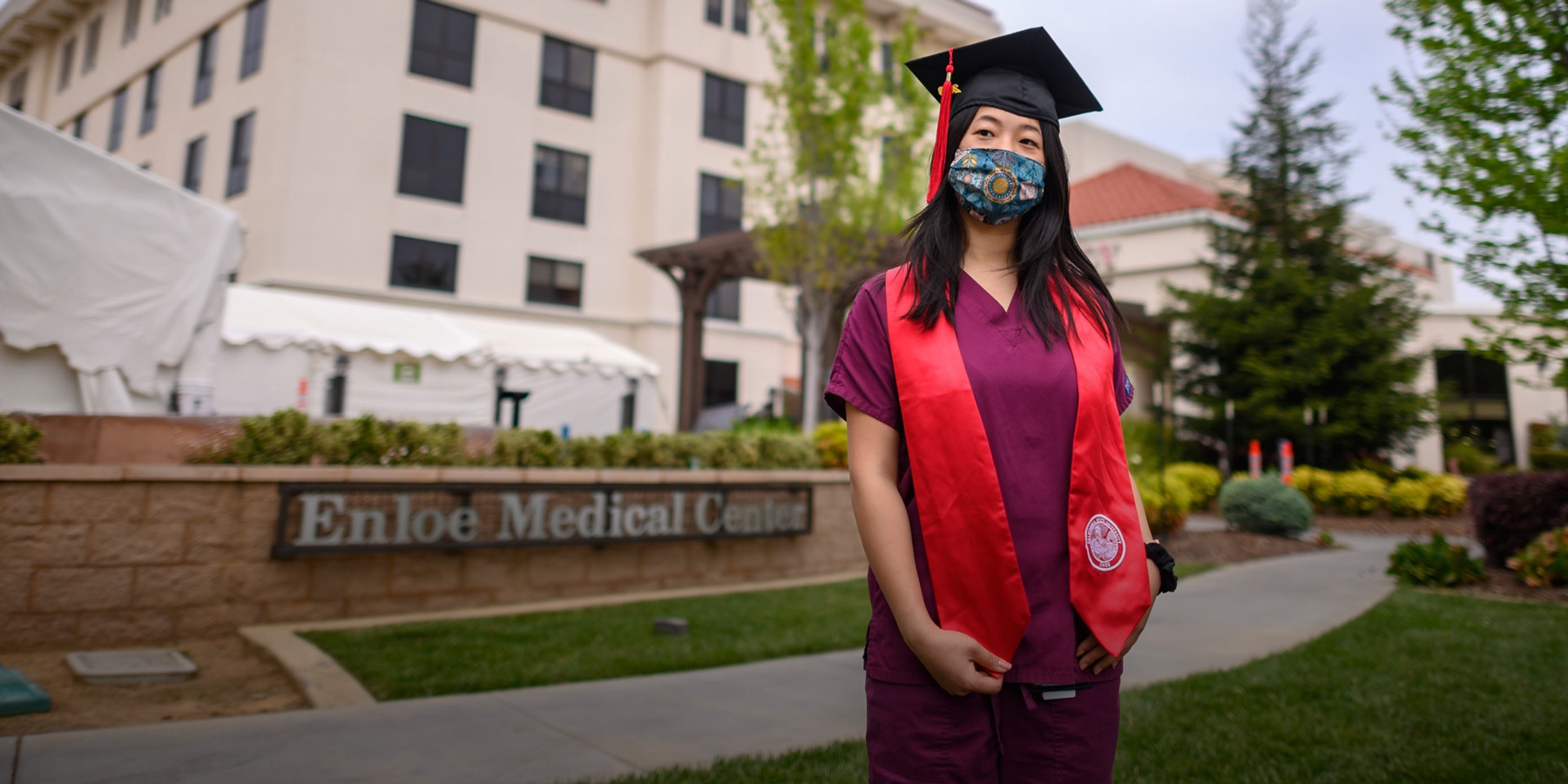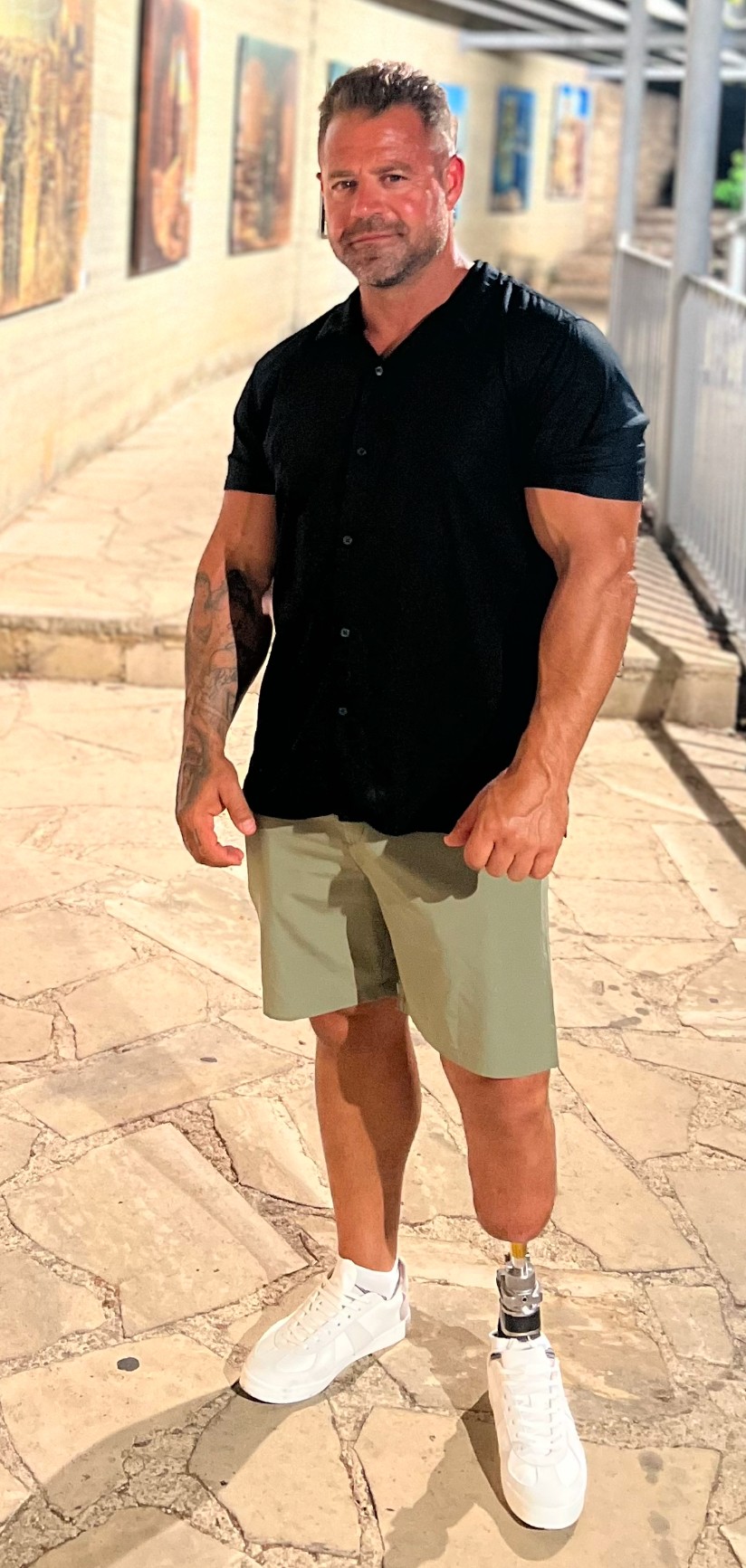We interviewed faculty in four fields to find out how the CSU is educating future crisis managers.
ZACHARY PETERSON Cal Poly San Luis Obispo, Associate Professor, Department of Computer Science
“There isn’t a profession that doesn’t involve a computer scientist at some point, and it’s a job we can do from our homes.”
How have computer science professionals been called on during the COVID-19 pandemic? There’s a new reliance and demand on IT infrastructure. For example, Zoom went from something we only occasionally used to something we now use multiple times every single day for a variety of purposes. I don’t think it’s an exaggeration to imagine that if, overnight, Zoom went away, the U.S. economy could significantly suffer until we found a replacement. As a result of introducing new technologies that allow people to do their work and go to school remotely, there’s now a whole new population that’s going to be exposed to new and old scams and other kinds of cybersecurity attacks. We are going need training and tools to bring those less familiar up to speed. Computer scientists will be instrumental in building the tools and maintaining the infrastructure to make the shift to remote work and education easier and more secure.
Which real-life emergency situations will our students experience in their careers? Some of the more interesting things related to technology, security and privacy have been around the COVID-19 contact tracing apps that have been proposed by Apple, Google and others. With these apps, your phone acts like a beacon as well as listening for other people’s beacons so that if you happen to be diagnosed with COVID-19, you can report it to the app and it would privately contact the people you’ve been near to let them know about their potential exposure. If this technology was widely adopted, it could certainly help epidemiologists follow the course of the disease as well as create more accurate models for making decisions about when to safely lift restrictions.
MARY ELLEN WILKOSZ Ph.D., Sonoma State, Chair and Professor, Director FNP and Pre-Licensure Programs, Department of Nursing
“Seeing all the nurses on the front lines for the COVID-19 pandemic demonstrates the vital need for nurses in California.”
How have the CSU’s nursing students stepped in to help during the COVID-19 pandemic? They’ve done everything from caring for patients on ventilators in the ICU to working in tents to doing drive-through COVID-19 testing—and everything in between. They’re doing all this as students, many while working their regular RN jobs, caring for families and homeschooling children. Our family nurse practitioner (FNP) students and post-licensure BSN students are working as RNs on the front lines. As part of the FNP clinical practice, our students are doing telemedicine caring for patients in vulnerable populations who are not able to come into the clinics for their routine care. Our pre-licensure students are reaching out to these same vulnerable populations to check in with them via telephone to help educate them about COVID-19 and symptoms to watch for as well as suggest community resources. We also have students helping to give COVID-19 results for the Department of Public Health.
Which new concepts have they learned by living through this pandemic? They’ve become experts in infectious disease, donning and doffing personal protective equipment, the nuances of telemedicine—including effective communication to obtain history and physical findings without actually touching a patient—and coming up with diagnoses and management plans. They’ve transitioned to 100 percent online delivery of curriculum. The class of 2020 at Sonoma State has been through two major wildfires, a flood and now a pandemic. This has fostered resilience, tenacity, perseverance, flexibility and organization—all qualities that will serve them well in their careers as nurses.
KEVIN WOOD Ph.D., San Diego State, Assistant Professor, Department of Mechanical Engineering
“When a disaster happens, there are a lot of challenges that have to be addressed, and there’s almost always an engineering aspect needed.”
How have engineers been called on during the COVID-19 pandemic? The field I’m currently working in, ventilator design, has been a big push. There’s been a lot of work from biomedical engineers in terms of helping develop new tests and ways to combat the virus. To be able to even do what I’m doing right now, there has to be engineers who are still doing their jobs, making devices so we can put the parts together to make a ventilator or to solve the challenges we’re facing. If that breaks down, then you have a huge crisis.
Which real-life emergency situations will our students experience in their careers? If there’s an earthquake, you have to figure out how to rebuild or remove a collapsed building safely. That falls on engineers. There are people who’re going to be called in to think on their feet. One thing we teach our students is not only how to solve certain problems, but to think critically and understand the general fundamentals of how something works. That way, when they’re addressed with a situation they’ve never seen before, they’re able to meet that need in a safe, efficient and timely manner.
JONATHAN O’BRIEN Ed.D., Cal State Long Beach, Associate Professor, Department of Education
“Living through a crisis will shape how you respond in the future; you’ll think differently going forward.”
How have educators been called on during the COVID-19 pandemic? Teachers are our essential lifelines for kids, who are home with their parents. They miss school after a while because of their friends, sports and things they like to do. Teachers are a bridge to normal life. They’re not only delivering content in new ways but meeting the needs of students who have social and emotional needs. Parents are really appreciating teachers now because they’re understanding it’s hard work to differentiate the instruction for every child. And teachers are really trying to be creative in finding ways to individually connect with students—writing personal letters to our graduates, sending care packages, writing on sidewalks in chalk.
How is the CSU preparing future crisis managers in education? We are teaching our student-teachers to always rely on facts, to rely on communicating with students regularly. Teachers work overtime to establish credibility by providing a continuous flow of information that is fact based. I teach crisis management with my educational leaders. We concentrate on what the core issues are pre-crisis, crisis, post-crisis. We do tabletop exercises on how to strategize about what could possibly happen and what to do during the crisis.
Will you be ready to step in and help in an emergency situation? Explore various degrees at the CSU.
Original post https://alertarticles.info



